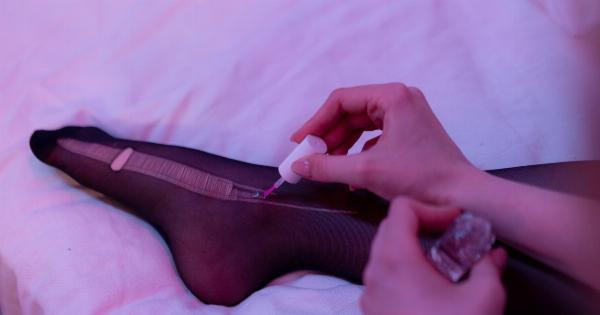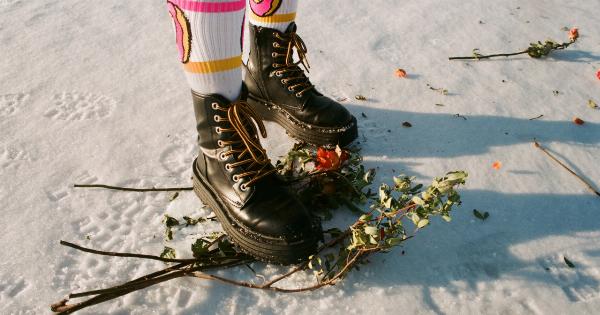When it comes to having cold hands and feet, there can be a variety of reasons. It could be due to poor circulation to the extremities, a sign of an underlying medical condition, or the result of exposure to cold temperatures.
Although it may seem like a minor inconvenience, it’s important to address this issue to ensure optimal health. Here are some tips on how to stop having cold hands and feet:.
1. Stay Warm
It sounds obvious, but staying warm can help prevent cold hands and feet. Wear warm clothing, especially during the winter months, and make sure to cover your extremities with gloves, socks, and boots.
If you’re indoors, try using a space heater or heating pad to keep your body warm. Additionally, avoid sitting or standing in cold environments for extended periods of time.
2. Maintain Good Posture
Believe it or not, poor posture can affect circulation to the hands and feet. When you slouch or hunch over, it can compress the nerves and blood vessels that supply your extremities. This can lead to decreased blood flow and colder hands and feet.
Practice good posture by sitting up straight and maintaining a neutral spine. Adjust your workspace ergonomically, and if necessary, use a lumbar support pillow to help maintain good posture.
3. Exercise Regularly
Regular exercise has many benefits, including improving circulation to the extremities. Exercise gets the heart pumping, which helps deliver more oxygen and nutrients to the body’s tissues.
This can include low-impact activities such as walking, yoga, or swimming. Try incorporating exercise into your daily routine for at least 30 minutes a day.
4. Quit Smoking
Smoking can cause blood vessels to constrict, which can lead to poor circulation. This can make hands and feet feel colder than normal. Quitting smoking can improve circulation and overall health.
If you need help quitting, talk to your healthcare provider or contact a tobacco cessation program.
5. Stay Hydrated
Drinking enough water is important for overall health, but it can also help improve circulation. When the body is dehydrated, blood vessels can constrict, which can lead to cold hands and feet.
Make sure to drink enough water throughout the day to stay hydrated.
6. Manage Stress
Stress can cause blood vessels to constrict, which can lead to poor circulation. Additionally, stress can cause tense muscles, which can restrict blood flow.
Try practicing relaxation techniques such as deep breathing, meditation, or yoga to manage stress. This can help improve circulation and overall health.
7. See a Doctor
If cold hands and feet persist despite these lifestyle changes, it’s important to see a doctor. It could be a sign of an underlying medical condition such as hypothyroidism, diabetes, or Raynaud’s disease.
A healthcare provider can perform tests and recommend treatments to address the underlying condition.
8. Massage the Hands and Feet
A gentle massage of the hands and feet can help improve circulation and warm them up. Use a moisturizing lotion or oil and rub in a circular motion. This can help relax muscles and improve blood flow to the area.
9. Try Acupuncture
Acupuncture has been shown to improve circulation and alleviate cold hands and feet. It involves the insertion of fine needles into specific points on the body to stimulate blood flow.
Talk to your healthcare provider to find a licensed acupuncturist in your area.
10. Take Supplements
Some supplements have been shown to improve circulation and alleviate symptoms of cold hands and feet. These include fish oil, magnesium, and vitamin E.
Talk to your healthcare provider before taking supplements to ensure there are no interactions with any medications you may be taking.




























